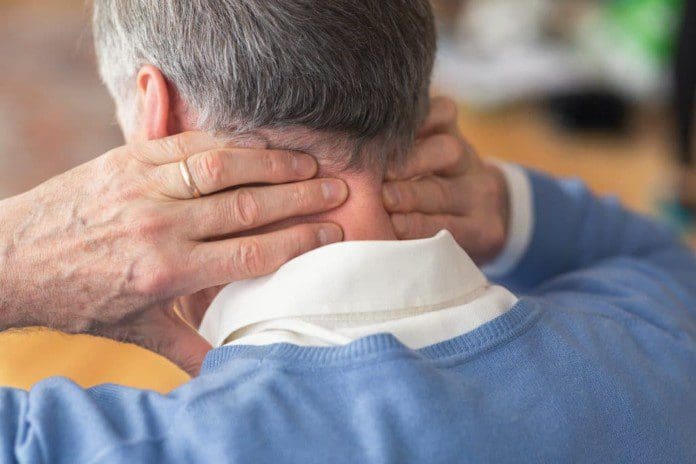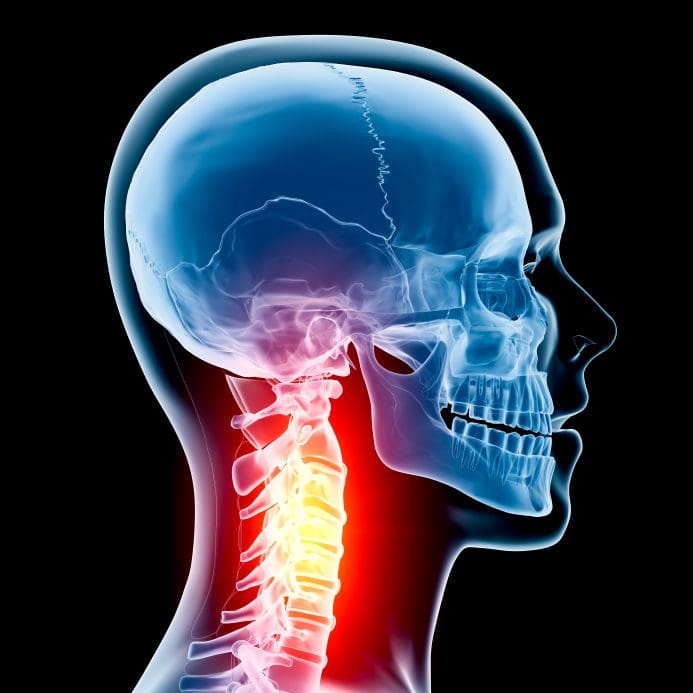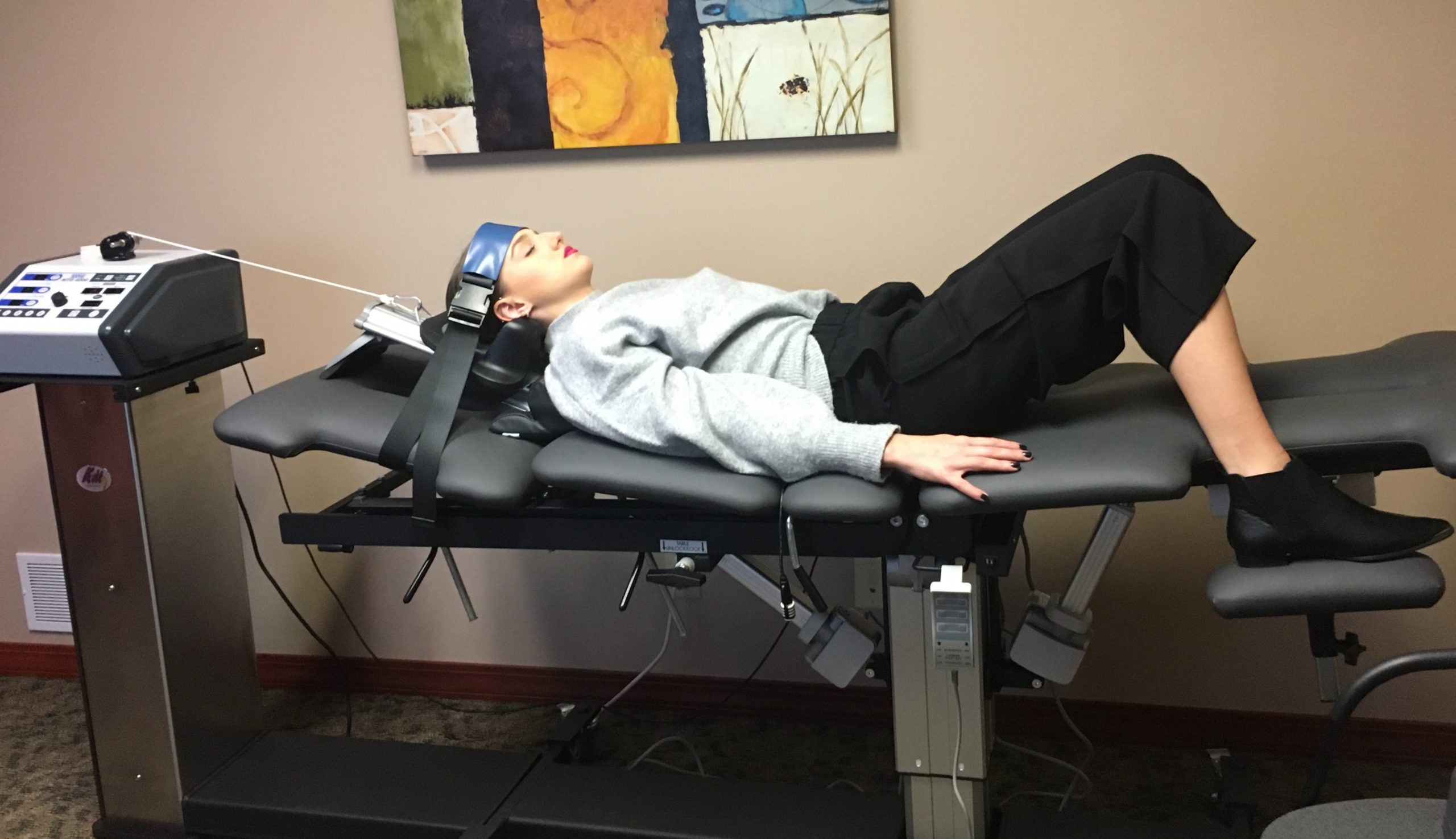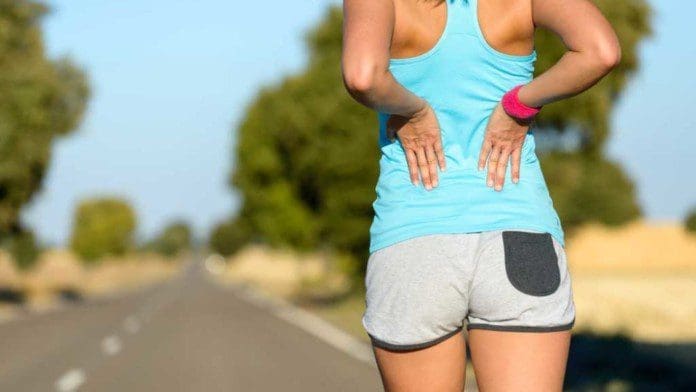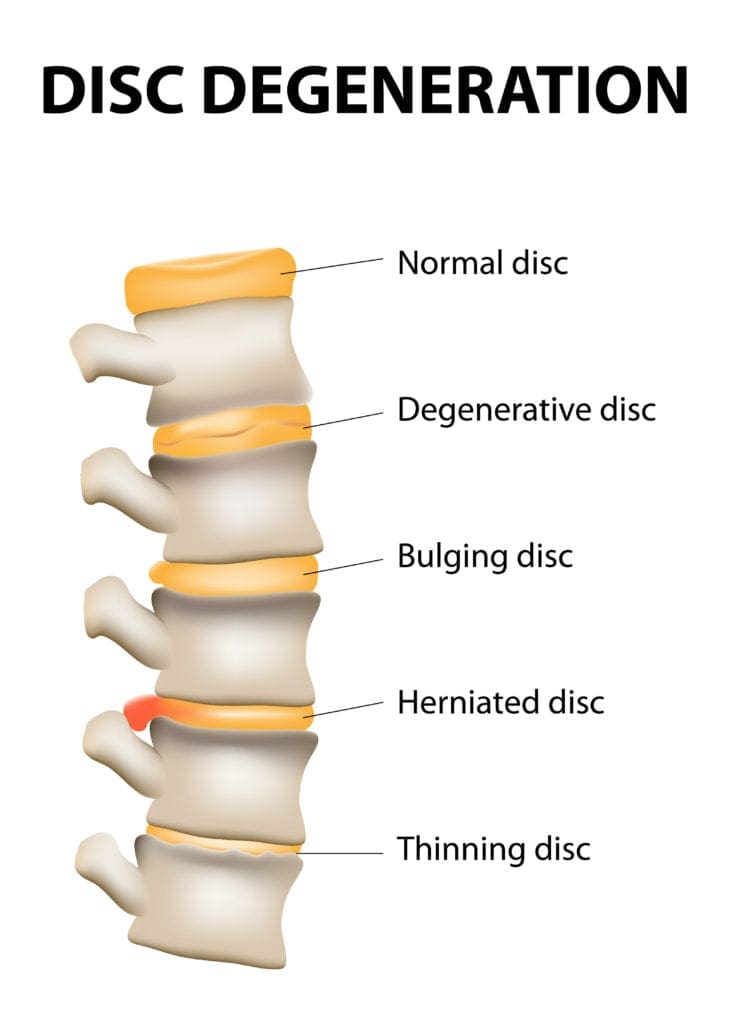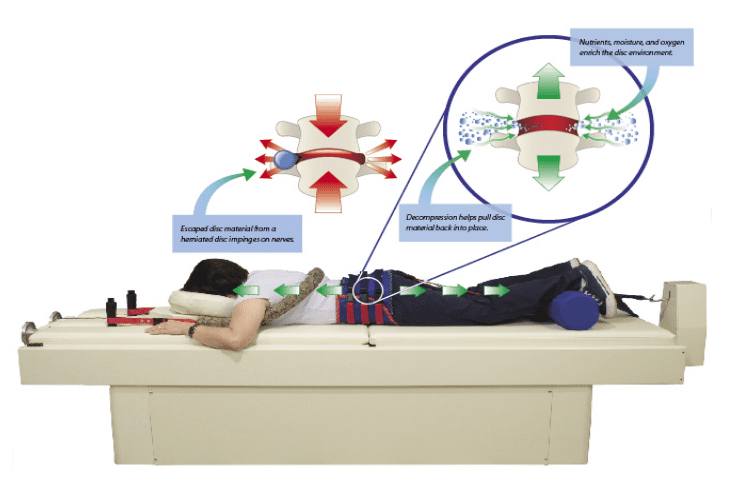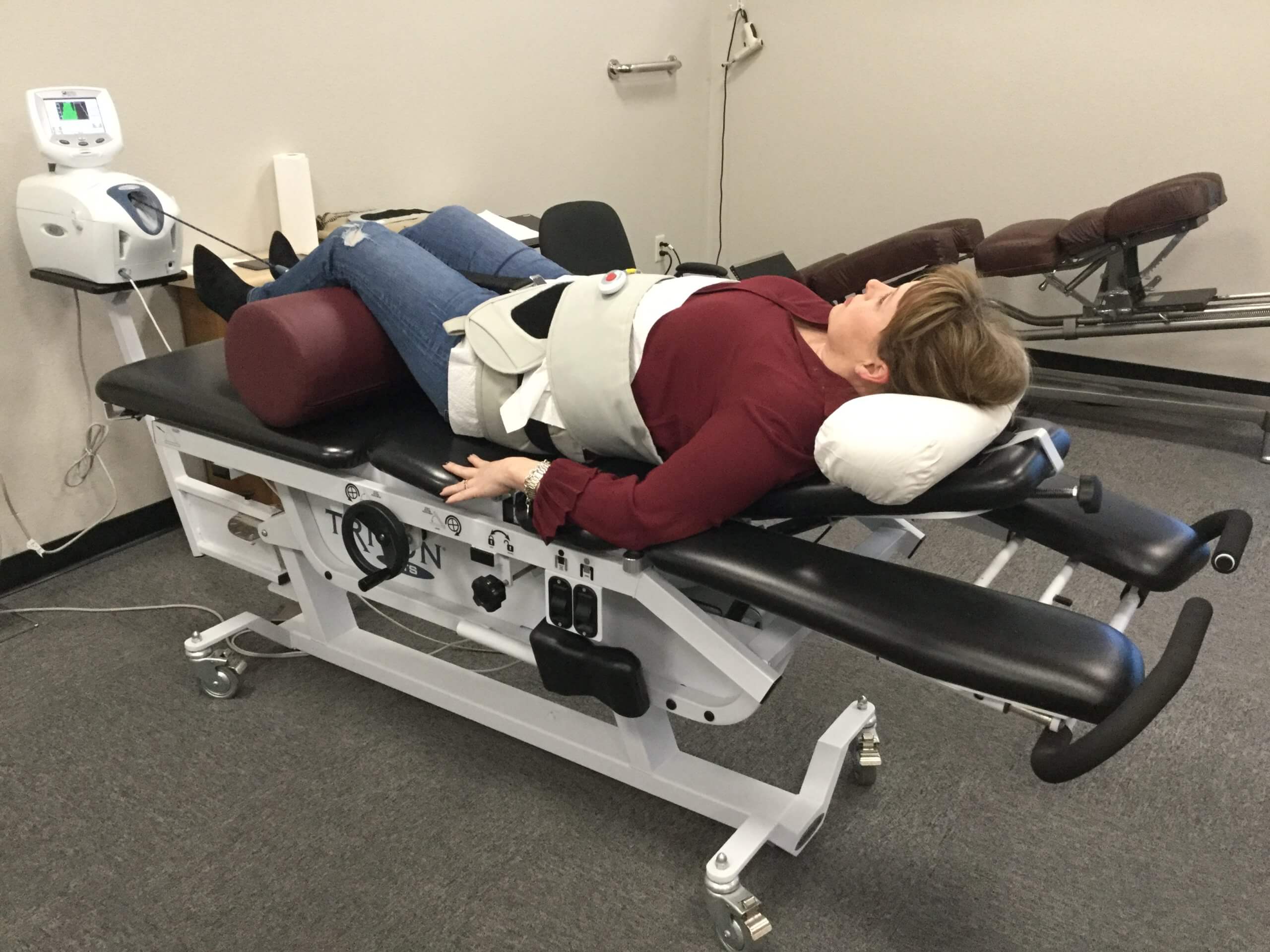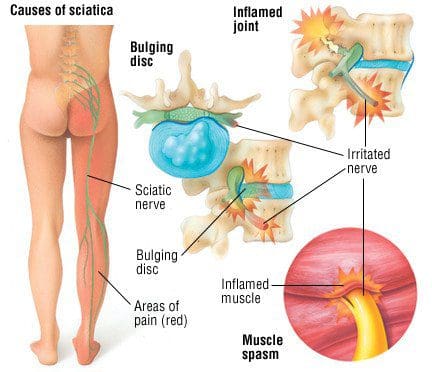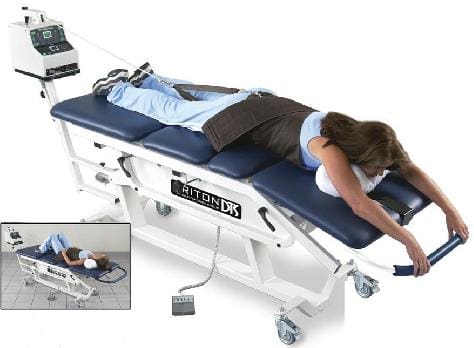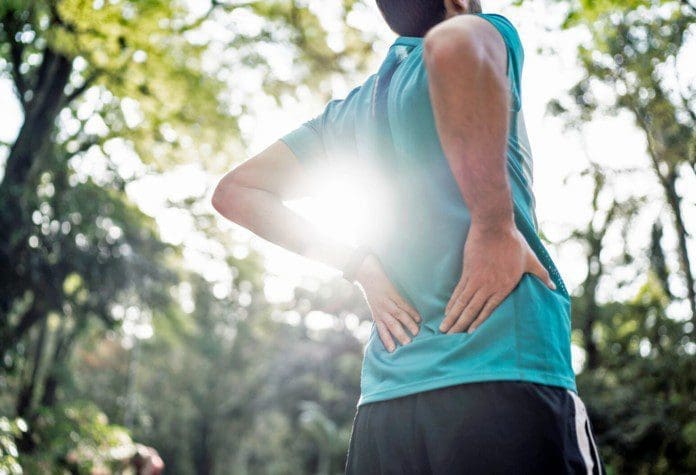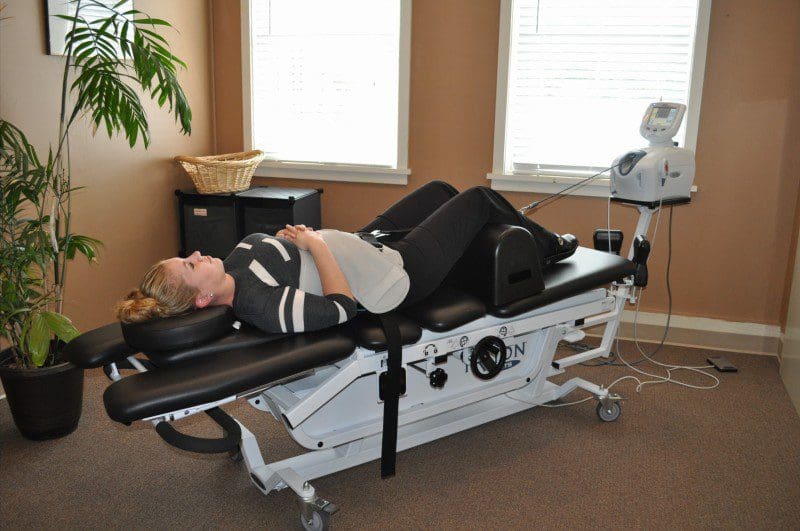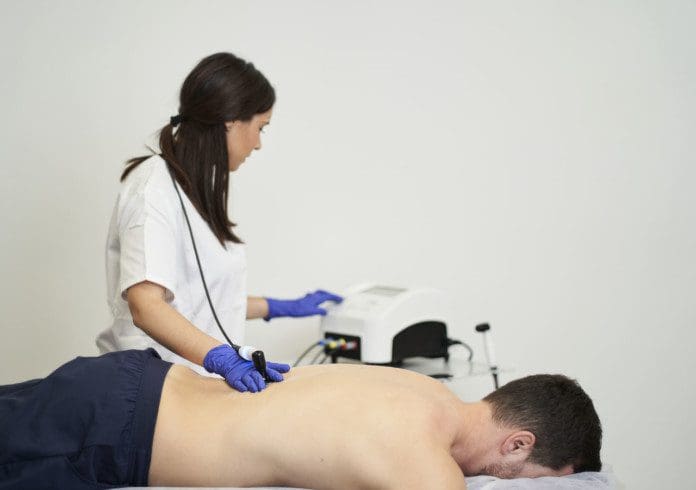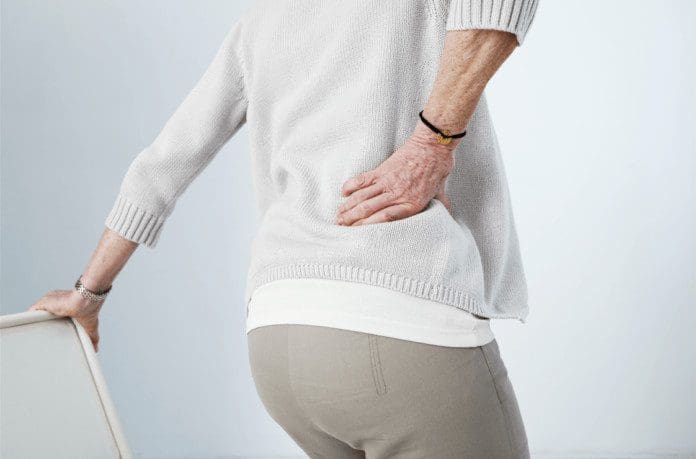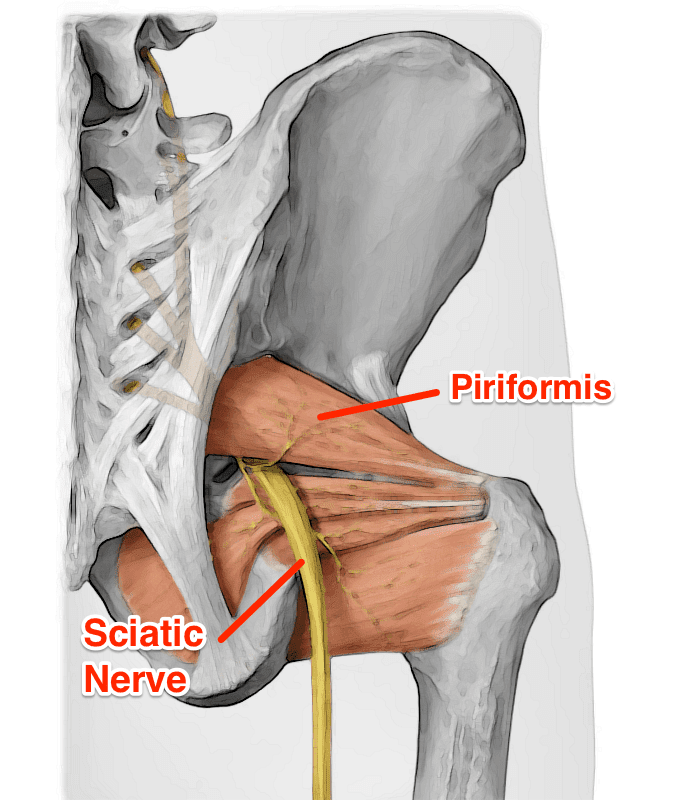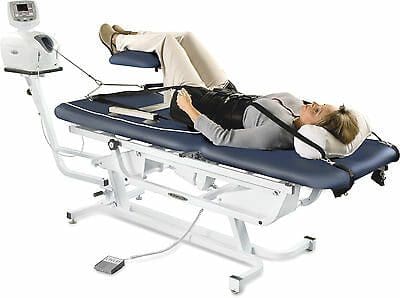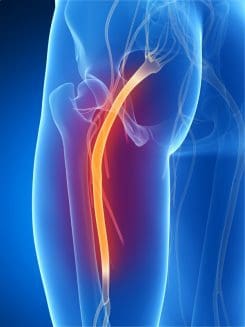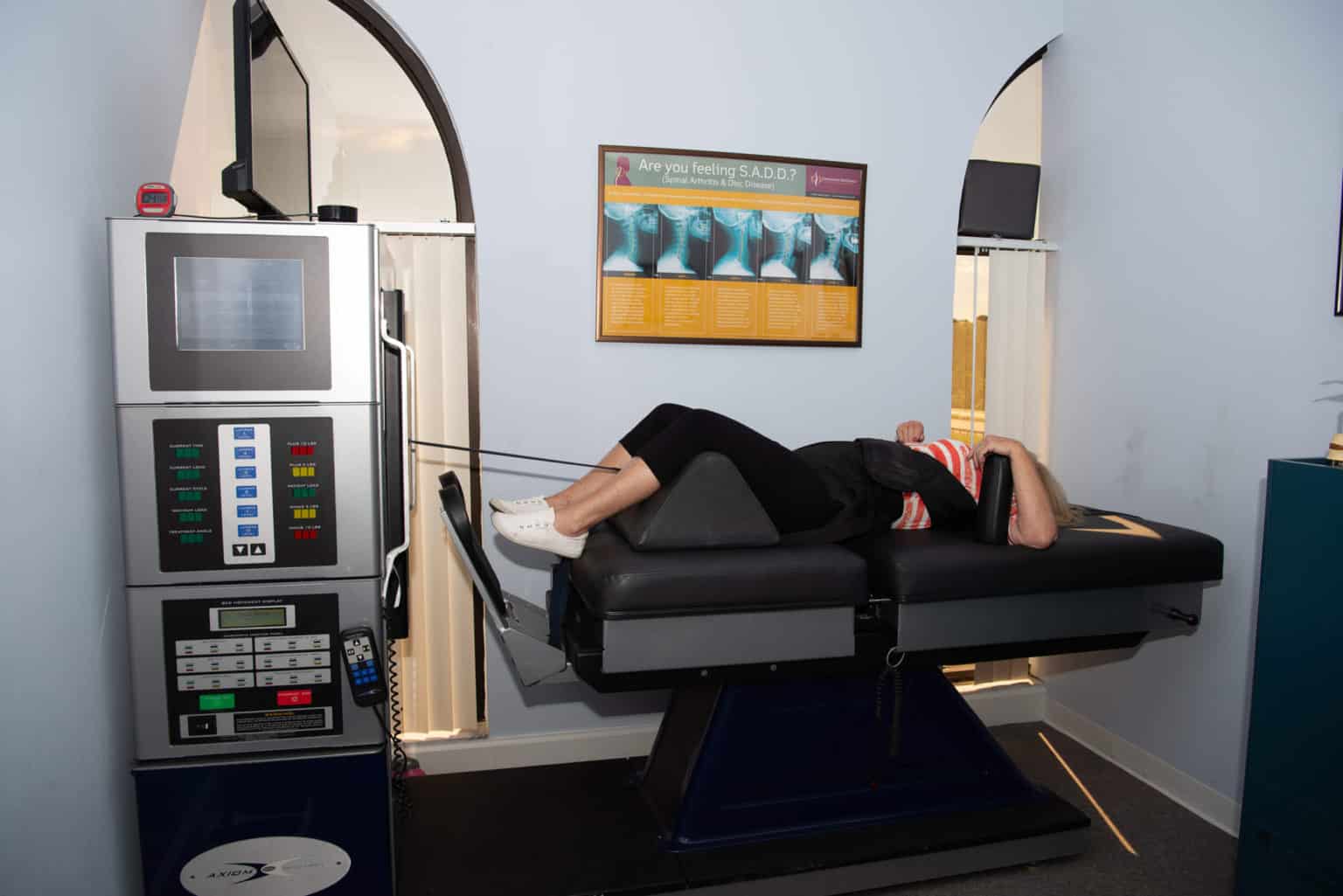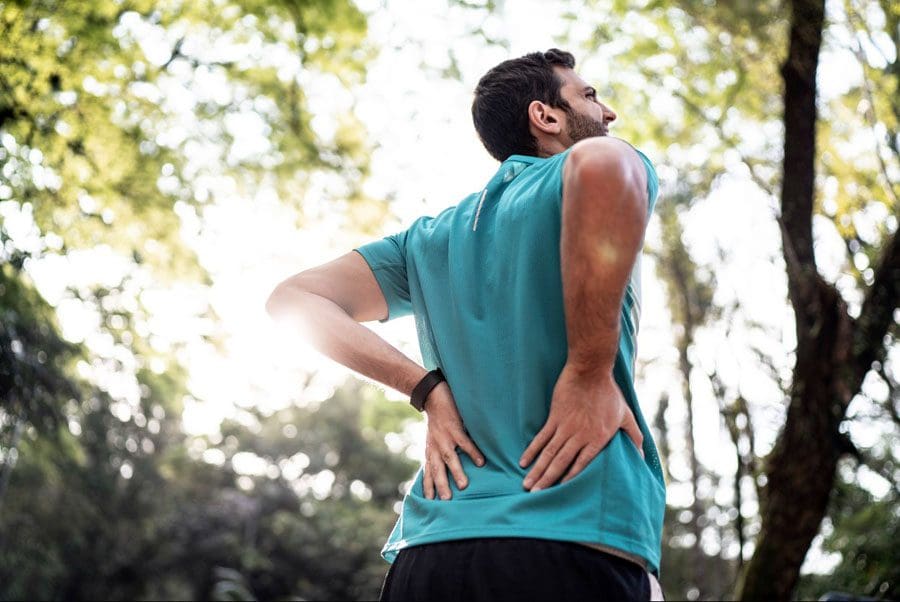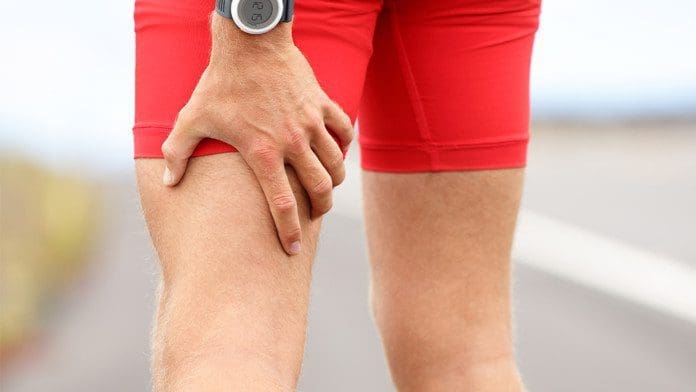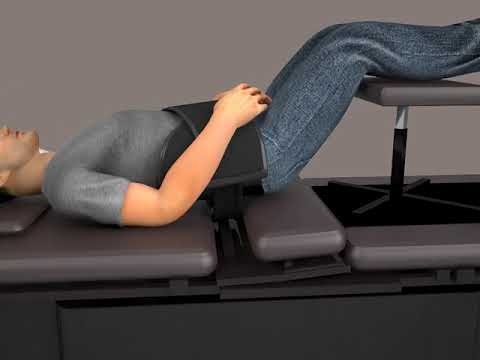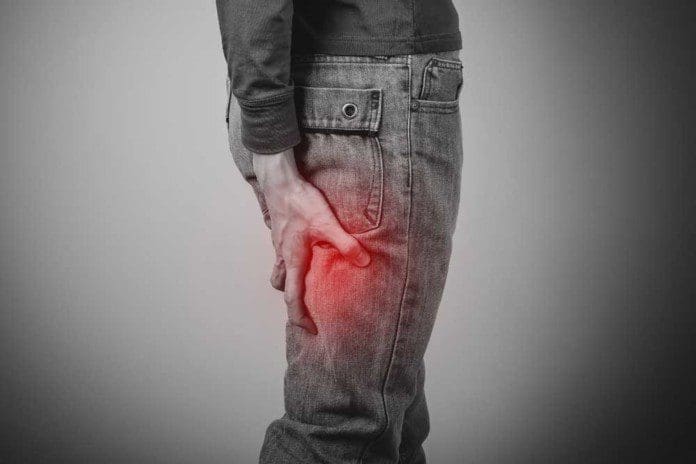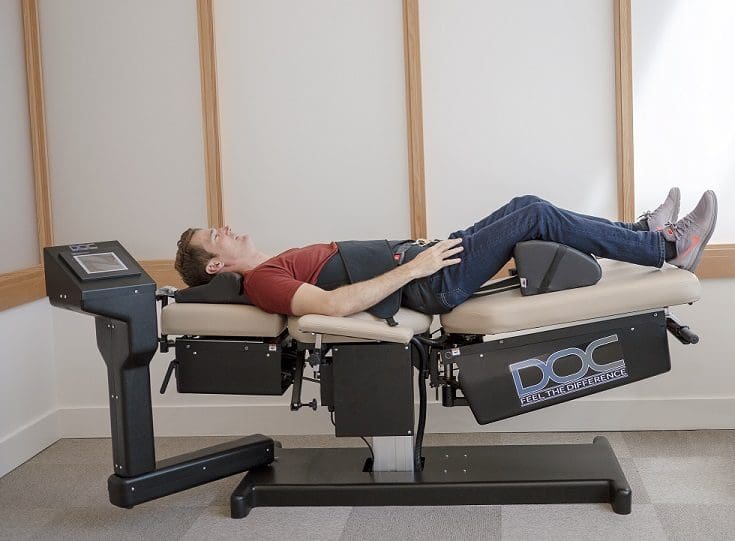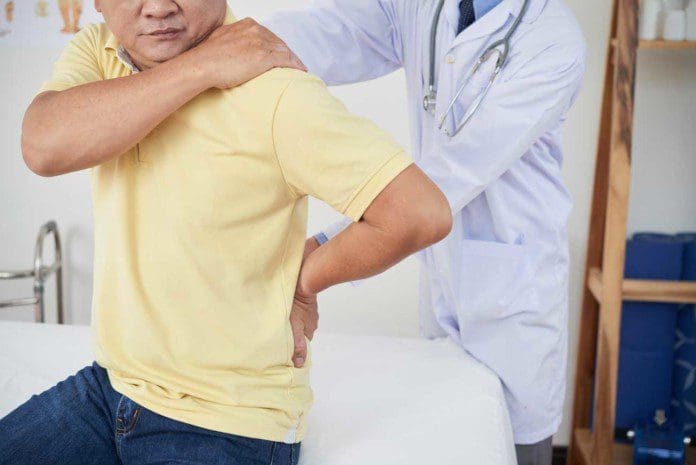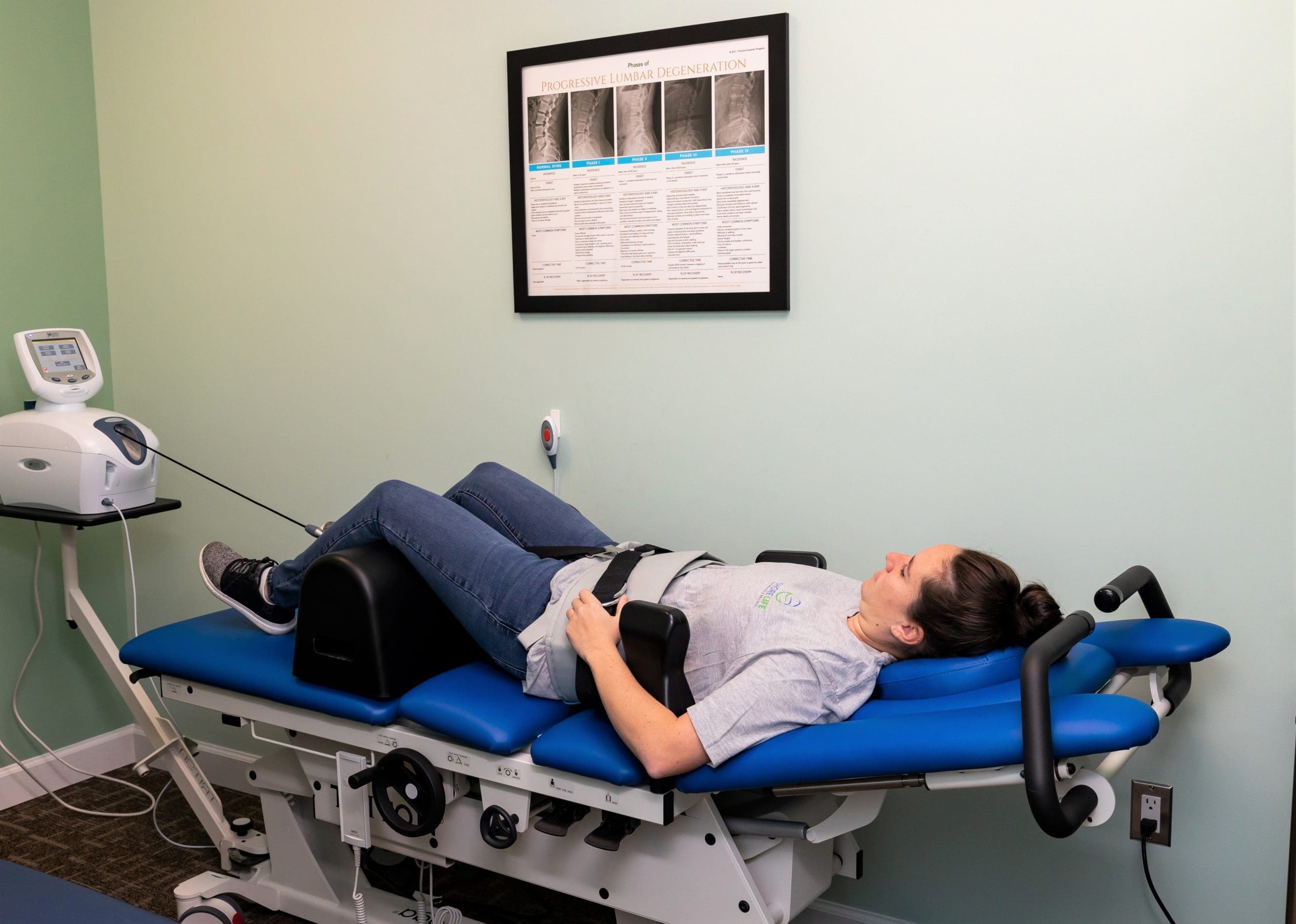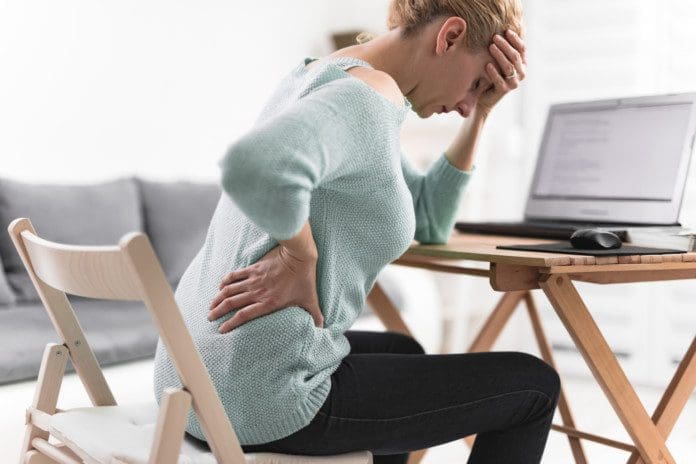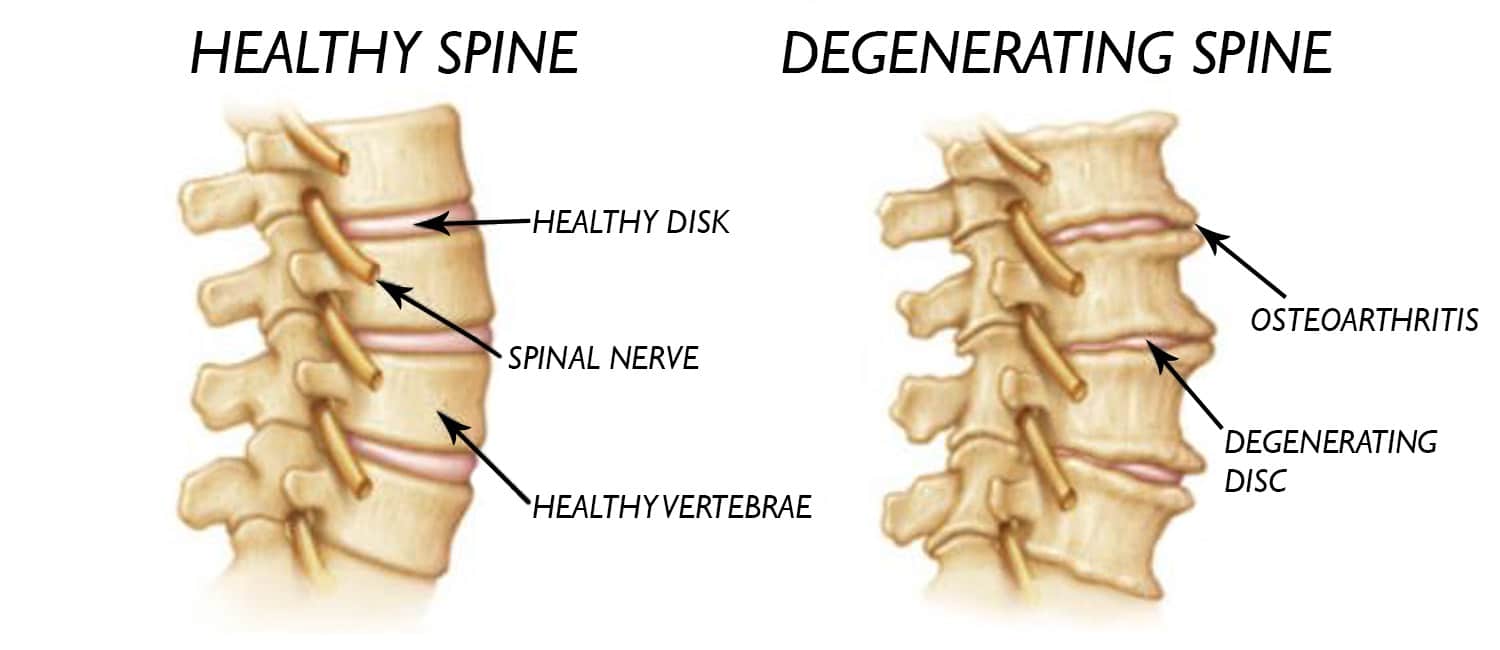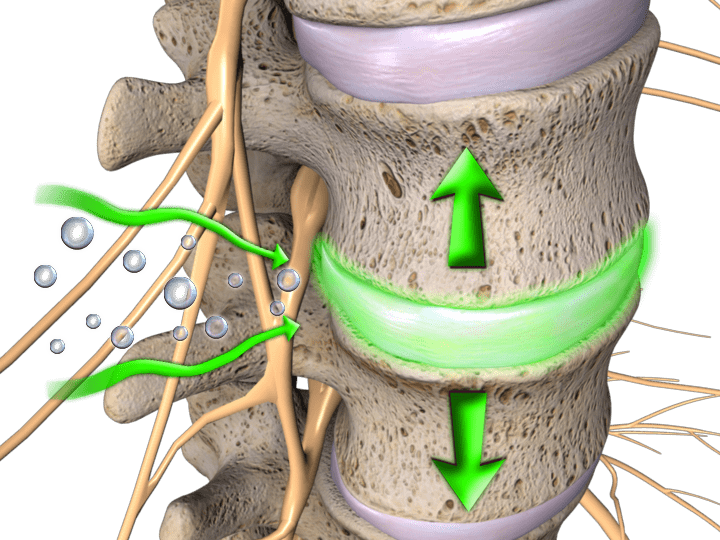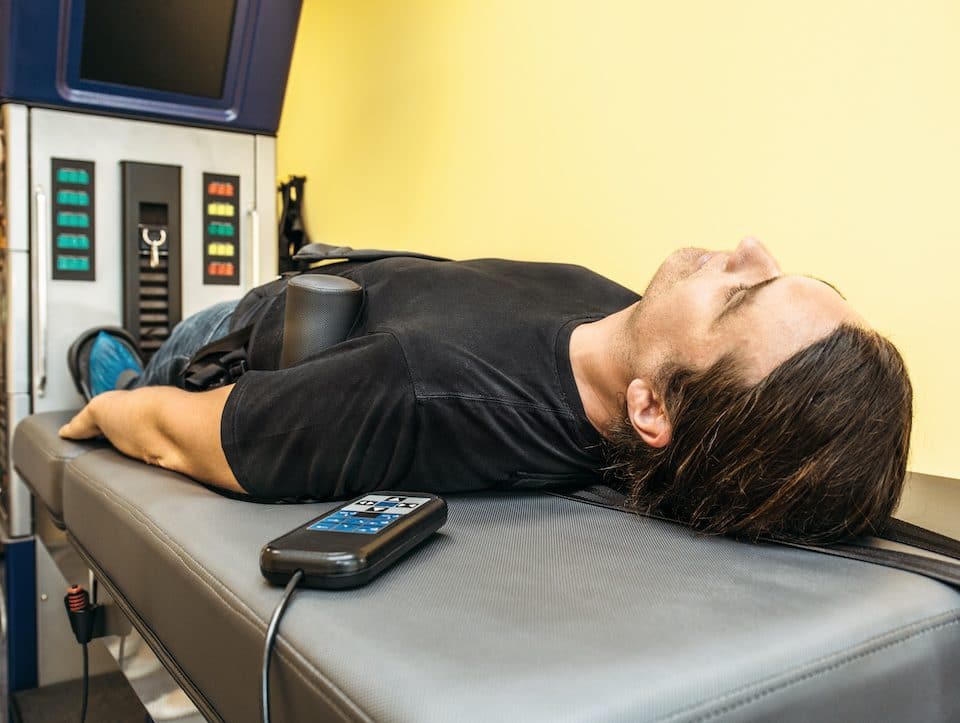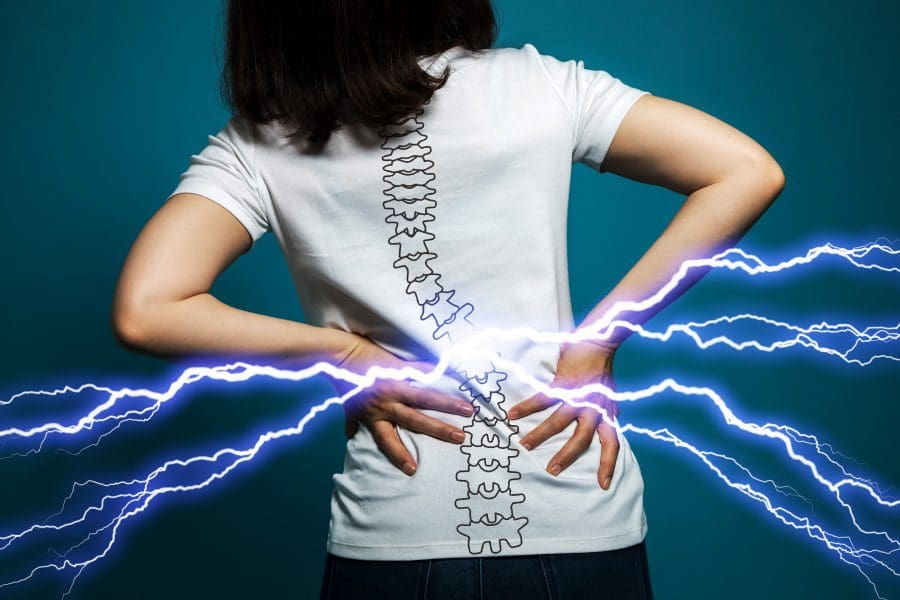Table of Contents
Introduction
As part of the upper body, the neck’s job is to keep the head upright while providing motor functions to turn up, down, left, and right while rotating it counter and clock-wise without any issues or pain. Like the lower back, the neck is enveloped by the spinal cord, ligaments, and soft muscle tissues that protect the cervical area of the spinal column from unwanted factors and injuries. When undesirable factors or injuries cause neck issues, it can affect a person’s ability to keep their head upright. Many injuries or natural factors cause a person to look down constantly and cause tension in the neck and shoulder muscle areas that makes them hunched over. Luckily, treatments are available to help restore neck function back to the individual. Today’s article discusses cervical herniation, how it affects the neck, and how decompression treatments can help relieve the cervical area on the spine. Referring patients to qualified and skilled providers who specialize in spinal decompression therapy. We guide our patients by referring to our associated medical providers based on their examination when it’s appropriate. We find that education is essential for asking insightful questions to our providers. Dr. Alex Jimenez DC provides this information as an educational service only. Disclaimer
Can my insurance cover it? Yes, it may. If you are uncertain, here is the link to all the insurance providers we cover. If you have any questions or concerns, please call Dr. Jimenez at 915-850-0900.
What Is Cervical Herniation?
Have you been feeling stiffness around your neck and shoulder areas? Does your neck ache after hunching over the computer after work? How about the crick in your neck that seems to be irritating? All of these symptoms are due to herniation in the cervical area of the spine. Research studies have defined cervical disc herniation as one of the most common causes of neck pain in individuals. When the body starts to naturally age, the spine does as well. The cervical area of the spine protects the spinal cord through ligaments, soft tissues, nerves, and spinal discs, just like the lower back in the lumbar regions. When there are issues that cause pain in the cervical area, additional research shows that nerve root irritation can cause a wide range of pain in the neck. The pain can be mild to severe depending on the herniated disc’s impact and the severity of the neck’s injury.
How Does It Affect The Neck?
Research studies have found that cervical herniation can affect the neck due to the variety of symptoms that it causes. In the upper and lower segments of the spine, disc herniation symptoms are mainly caused due to compression along the spinal nerves, causing them to become aggravated in these two regions. Some of the progressing pain that the neck suffers from cervical herniation can affect one area of the neck, which is axial pain, or it can affect the cervical nerve root that travels down from the shoulders to the hands, which is known as radicular pain. These types of neck pain can be due to cervical herniation and cause a person to be miserable. Additional research studies have shown that when cervical disc herniation starts to progress further, individuals with a sedentary lifestyle haven’t found ways to alleviate the progressing pain that the neck is suffering from. Fortunately, there are treatments for relieving not only neck pain but can restore the cervical spinal discs back in the spine.
Cervical Traction For Neck Herniation-Video

Have you been experiencing muscle stiffness in the cervical portion of your neck? How about traveling pain from your shoulders to your hands? Do you feel any pain from stretching your neck from side to side to try and relieve it? Experiencing cervical herniation is no joke regarding your neck and spinal health. Why not give cervical decompression or traction a try? The video above shows what cervical traction does for individuals suffering from neck herniation. Cervical traction can provide beneficial results for people who need relief from neck pain, tension headaches, and migraines impacting their lives. Cervical traction allows the cervical herniated discs to lay off on the irritated cervical nerve and relieve the neck through gentle pulling. Cervical decompression/traction therapy has many beneficial factors in a person’s wellness treatment. This link will explain how cervical decompression offers impressive comfort for many people who suffer from neck pain and cervical herniation.
How Does Decompression Therapy Help With Cervical Herniation
Since the neck helps make sure that the head is kept upright and unwanted circumstances and injuries occur on the neck, many treatments are there to help many individuals who suffer from cervical herniation or neck pain. Research studies have found that spinal decompression treatments for the cervical spine can help improve cervical disc herniation symptoms in the neck. What cervical decompression does to the neck is that it helps promote inflammatory absorption in the neuromuscular tissues while also enhancing and restoring the natural curvature of the cervical spine. When individuals utilize cervical decompression therapy for their neck pain, it helps them rebuild the lost biomechanical balance in the cervical vertebrae and promotes healing of the neck.
Conclusion
The neck’s primary function in the body is to make sure that the head is upright and can move around without feeling any pain or issues. However, just like the lower back, the neck can suffer from injuries like disc herniation, neck pain, and neck-related problems that can cause a person to be miserable. Cervical decompression/traction therapy has been a promising non-surgical treatment for neck pain by gently pulling on the cervical area, allowing the cervical disc herniation to be back in the spine and cause relief to the person. This treatment can be a part of a person’s wellness journey in finding ways to relieve pain one section at a time.
References
Curtis, Scott. “All about Neck Pain.” Spine, Spine-Health, 9 Dec. 2019, https://www.spine-health.com/conditions/neck-pain/all-about-neck-pain.
Dydyk, Alexander M, et al. “Disc Herniation – Statpearls – NCBI Bookshelf.” In: StatPearls [Internet]. Treasure Island (FL), StatPearls Publishing, 18 Jan. 2022, https://www.ncbi.nlm.nih.gov/books/NBK441822/.
Sharrak, Samir, and Yasir Al Khalili. “Cervical Disc Herniation – Statpearls – NCBI Bookshelf.” In: StatPearls [Internet]. Treasure Island (FL), StatPearls Publishing, 20 Jan. 2022, https://www.ncbi.nlm.nih.gov/books/NBK546618/.
Turk, Okan, and Can Yaldiz. “Spontaneous Regression of Cervical Discs: Retrospective Analysis of 14 Cases.” Medicine, Wolters Kluwer Health, Feb. 2019, https://www.ncbi.nlm.nih.gov/pmc/articles/PMC6407963/.
Xu, Qing, et al. “Nonsurgical Spinal Decompression System Traction Combined with Electroacupuncture in the Treatment of Multi-Segmental Cervical Disc Herniation: A Case Report.” Medicine, Lippincott Williams & Wilkins, 21 Jan. 2022, https://www.ncbi.nlm.nih.gov/pmc/articles/PMC8772752/.

